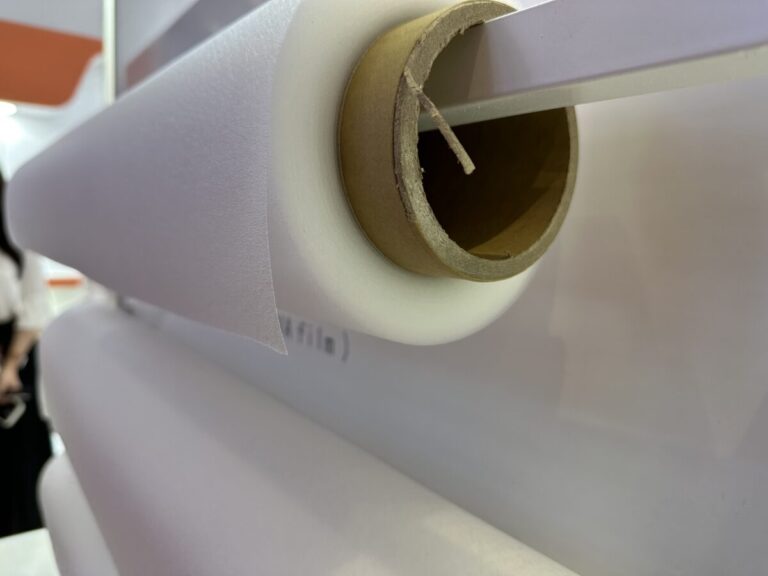A research group in Japan identified a correlation between moist heat test from 1,000 hours to 3-6 years of field exposure in damp areas and changes in acetic acid concentration in photovoltaic modules. Their analysis also showed that an acetic acid concentration of more than 10,000 μg/g can be crucial.
Researchers from the Sanyo subsidiary of the Japanese Panasonic were able to establish a correlation between the moisture heating (DH) test and field bark for electrodorrosion in PV modules.
The DH test is an accelerated test that test the reliability of modules under extreme humidity and heat. In its standard shape, the PV is placed in a controlled room with a temperature of 85 ° C and humidity of 85% for at least 1,000 hours.
“Most solar modules use Ethylene vinylacetate (EVA) as an incoming material on the light reception surface. However, because Eva has a high moisture diffusion coefficient and hydrolysable is at relatively low temperatures, there is concern that modules that Eva absorb can break down in damp environments, “the team explained. “This breakdown is attributed to the hydrolysis of Eva, which leads to the accumulation of acetic acid between the glass and the cell, whereby the wiring and cell electrodes are corroded.”
To predict the sustainability of modules without waiting for their real -time relegation, a correlation with an accelerated test is required. To establish such a correlation, the team investigated Three types of cells-smying were manufactured themselves, while other samples were of commercial modules produced by various manufacturers, including Tier 1.
Type A samples were made by the scientists in the laboratory in the form of mini-cell mini module form. They had the structure of Glas/Eva/Commercial Passivated Emitter and Achter Cell (PERC)/EVA/Backtop. The structure of the commercial type B modules was usually comparable to Type-A, in addition to the addition of terminal boxes, aluminum frames and wiring technologies.
“To investigate the effect of long-term field operation, some second-hand type-b modules were purchased in the field,” the researchers said. “Unfortunately, for some modules, the expensive of camp controls were not clear. Duration for these modules was estimated from serial numbers. “Each module was used in real life for different periods, ranging from 1.4 years to 13 years.
Type C was also commercial samples, and they differed from type A and B by having a polyolefine elastomer (PoE) inkhading, which resulted in a glass/poo/pee/poo/smooth/glass or backtop structure. They were tested to determine a reference to the resistance to the breakdown of acetic acid in modules encapsulated by Eva.
“Room tests with variations in temperature and humidity and field exposure tests were performed on the samples. Field exposure tests were performed using open-track type placement in the city of Kadoma with the circumstances of a short circuit or open circuit, ”says the academics. “Evaluation methods include power voltage measurements, electroluminescenting image formation and photoluminescenting image formation for assessing the distribution of series resistance.”
Based on the processing of this analysis, the scientists found a correspondence between the DH test of 1,000 hours and 3-6 years of field exposure in damp areas. They were also able to determine a module power loss of approximately 0.002% for every 1 μg/g of acetic acid. That suggests, they added that when the acetic acid level reaches 10,000 μg/g, the power of the module falls below 80% of its original capacity. “It can serve as a benchmark,” she added.
“In climate areas hotter and more humid than CFA, the expected lifespan of a module would be within 20 years,” they added, referring to the CFA classification of the Köppen-Geiger system that stands for a moist subtropical climate. “If the correlation between damp heating test and field exposure of 3-6 years where is at higher acetic acid concentration (CA) levels, the lifespan of high acetic acid resistance modules can be approximately 13-26 years in moist climate areas. “
Their findings were presented in “Correlation between damp heating test and field operation for electrodorrosia in photovoltaic modules“Published in Solar energy materials and solar cells.
This content is protected by copyright and may not be reused. If you want to work with us and reuse part of our content, please contact: editors@pv-magazine.com.


